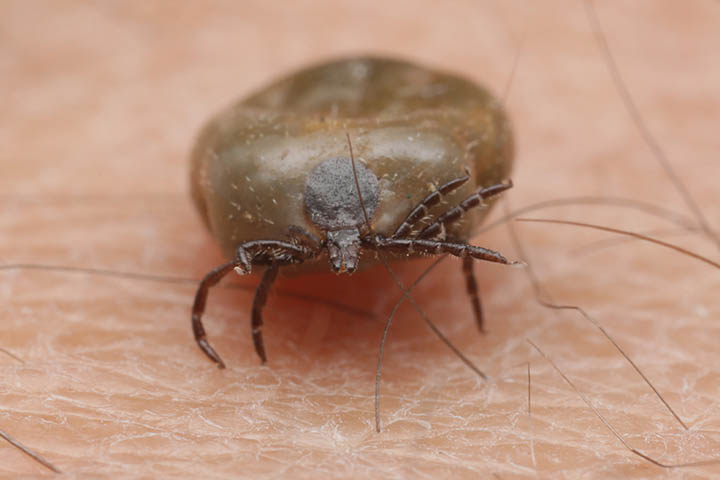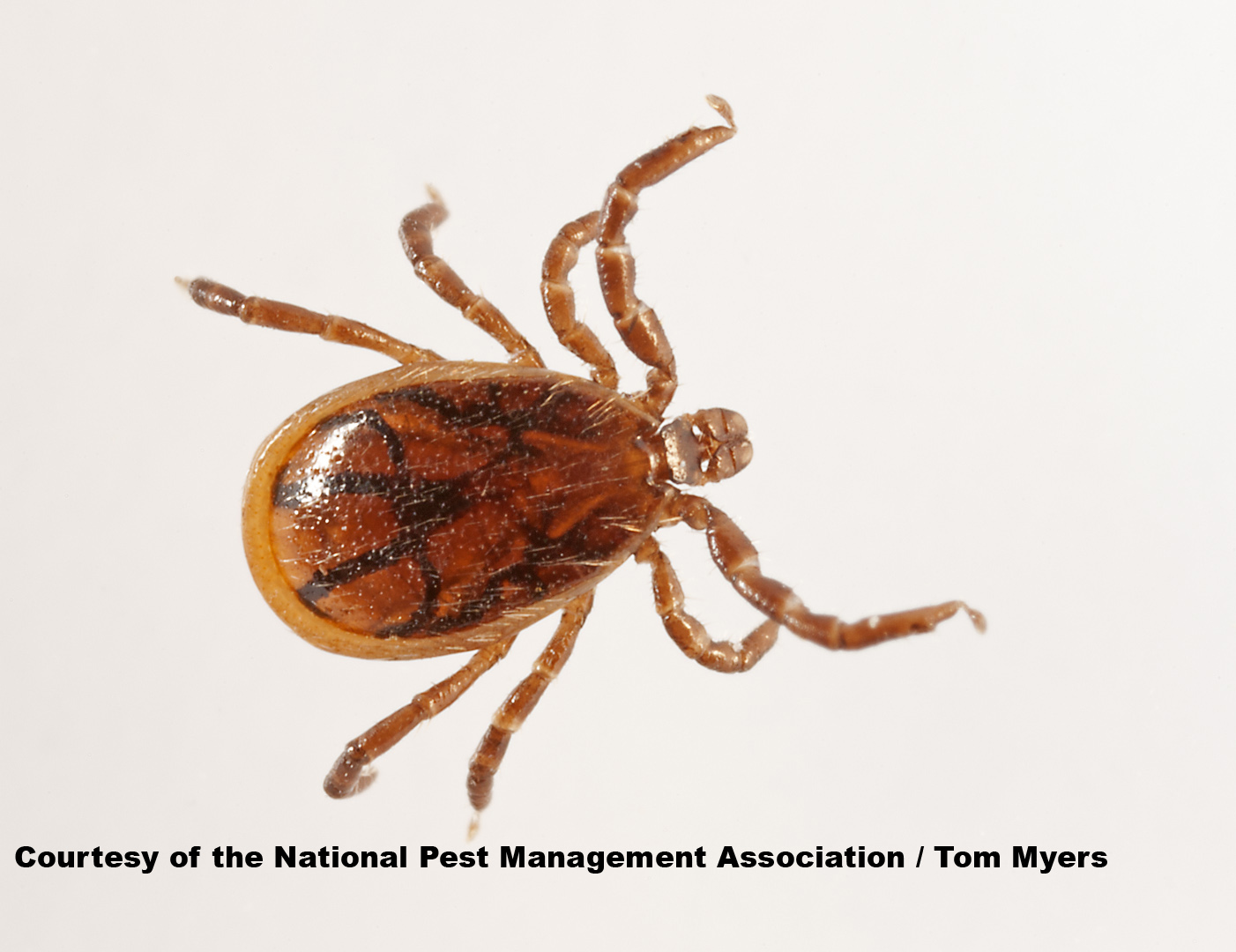Ticks
Did you know? Ticks can live as long as 200 days without food or water.

Tick Facts & Prevention for Kids
- Ticks are more closely related to spiders and scorpions than insects.
- Ticks get onto pets and people by jumping.
- There are two main types of ticks: hard and soft.
- Hard ticks are found in the woods.
- Soft ticks have tough, leathery skin. They can be found in caves, cabins and on birds.
There are about 200 species in the United States. Ticks live in tall grass or shrubs. They do not jump or fly, although they may drop from their perch and fall onto a host. Some species of ticks actually follow a host by foot until they can climb aboard!
Ticks can live as long as 200 days without food or water and they can live from 2 months to 2 years, depending on the species.
Find additional kid and family-friendly information on tick control and prevention at the official NPMA website.
Deer (Blacklegged) Ticks
Blacklegged ticks (Deer Ticks) get their name because they have coloring similar to deer. They are found in the Northeastern, Southeastern, and Midwestern United States.
- Size: 1/8"
- Shape: Flat, broad, oval
- Color: Dark brown to black
- Legs: 8
- Wings: No
- Antenna: No
- Common Name: Deer tick
- Kingdom: Animalia
- Phylum: Arthropoda
- Class: Arachnida
- Order: Acari
- Family: Ixodidae
- Species: Ixodes scapularis
Diet:
Blacklegged ticks feed on the blood of white-tailed deer, which is one of the reasons why they are sometimes called deer ticks.
Habitat:
Blacklegged ticks prefer to hide in grass and shrubs.
Impact:
Blacklegged ticks can carry the bacteria which causes Lyme Disease and Rocky Mountain Spotted Fever. Because ticks in the nymph stage are often hard to detect.
Prevention:
- Wear light colored clothing when you are outside. This will help you to spot the ticks before they attach themselves to your skin.
- Tuck your pant legs into your socks.
- After you spend time outside, be sure to check yourself for ticks. Ask someone to look through your hair to see if they fell onto your head and check your back, crooks in elbows and knees, etc.. Make sure you check your legs and arms very carefully.
Teachers can find more kid-friendly facts and prevention information about blacklegged ticks to share with their students at the official NPMA website.
Also watch a lone star tick face off with a mosquito on episode 2 of Bug Battles!



